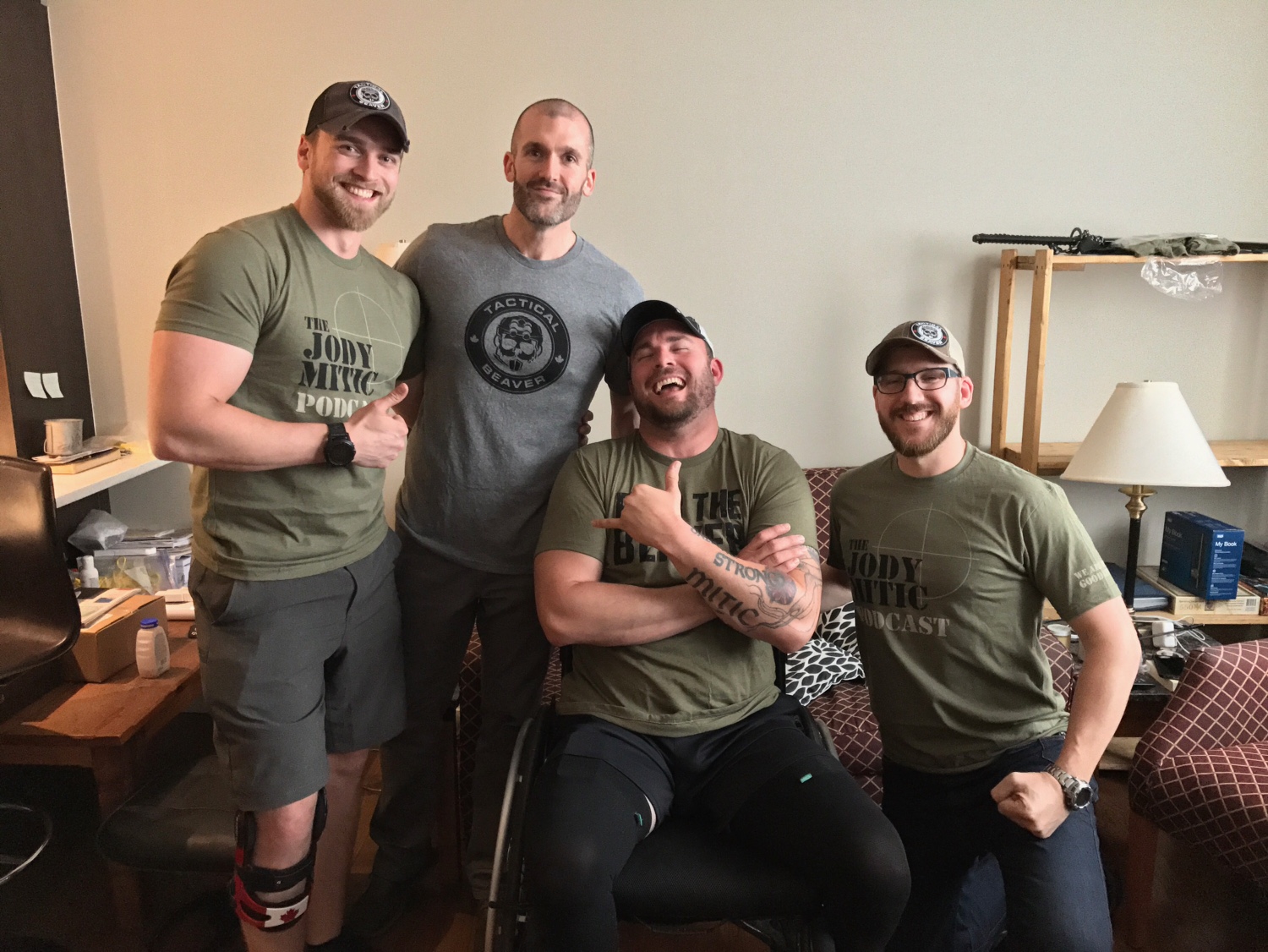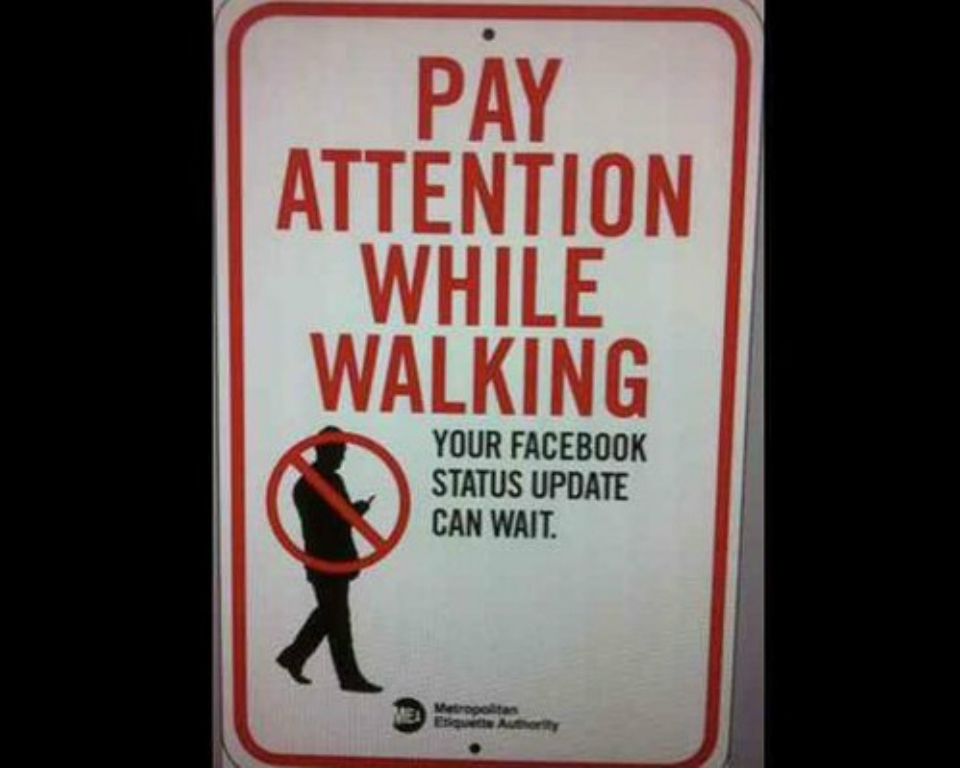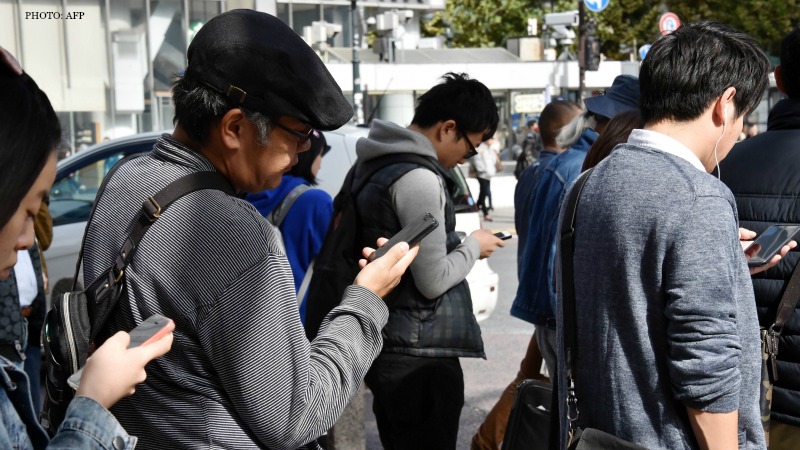
How often have you thought “hey, I wish I could learn that…but the training is only available in the US. So much for that.”? I have. Many times. So, in my quest to build my own skills, I saved up some money and travelled to the United States to attend training I had my eye for months.
In November 2016, I had the privilege of attending the Covert Entry Concepts (CEC) training course in Maryland. It was put on by The CORE Group in their Maryland facilities and wow, what a good time it was.

(*I lucked-out by taking two courses back-to-back at The CORE Groups’ Maryland facilities, the Covert Entry Concepts and Physical Security Analyst. This is a review for Covert Entry Concepts. I will post a review of the Physical Security Analyst soon.)
The purpose of the course, in broad strokes, is to be given an education in physical security, how to identify and exploit any weaknesses with the ultimate goal to test those weaknesses and close any found loopholes for a client to protect them from attack. As a security professional myself, I feel that expanding my skill sets is a responsibility to make me more effective in my job.
About The CORE Group (from their website):
“The CORE Group was initially formed by a trio of security auditors and researchers who had collaborated on numerous projects and conference events over the years. At present, their combined experience in the physical security sector represents decades of hard knowledge and applied work. The CORE Group finds innovative ways to augment typical security auditing and assessment. Most companies incorporate digital penetration testing and web application testing into their standard procedure of self-assessment. The CORE Group offers a variety of packages that can greatly assist in a company’s understanding of their security posture at a fraction of the cost of larger, more “conventional” testing.”
The CORE Group conducts training all over, training Law Enforcement & Military, Government Agencies, Physical Security specialists, Red Team and PenTesters, IT Security and Locksport enthusiasts. They attend many of the “cons” (such as Black Hat, DEF CON, SANS, etc.) throughout the US, many times running the “Lockpick Village” and providing intensive training to professionals all over.
The course was a 2-day, Monday/Tuesday set-up. A mixed bag of Law Enforcement, Military, physical security professionals and “other, government” types. A good group of people to get to know and learn with. Our Instructor, Rob, Chief of the Law Enforcement training division of The CORE Group, was welcoming and professional from the word “go”. After some quick ice-breakers, we moved right into an introduction to lockpicking.

Discussions, anecdotes, slides and practical demonstrations were all used to great effect in training to underline the principles and applications for what were were learning about in that moment. Everything was helped by Rob’s sense of humour, positive attitude, patience and obvious expertise in the subject matter. We worked on a vast array of topics. Lock-picking; bumping; bypasses; construction; safes; tamper-evident seals; elevators; impressioning; the Mace Face Challenge; casting keys; attack vectors; padlocks; restraint escapes and so much more. So much information was covered that, even weeks later, I found myself re-reading the detailed notes I had made in an effort to absorb it all. Not only was it an incredible amount of practical and useful information, but much of it was eye-opening and fascinating as well. Not all aspects are covered in every session that Rob delivers due to geography or other issues, but my experience was just great.
Here is a look at some of the stuff we got to play with:





After enjoying amazing chicken, fantastic bbq, getting to know the other participants and doing an awesome escape exercise preceded by burpees (I hate burpees) it ended up being a really great time.
I felt as if it was a skill-building game-changer. The depth and breadth of knowledge shared and learned was exceptional. Though these are all perishable skills requiring regular practice, the base is unmistakably solid. It certainly opened the door to a world of opportunities. The people I met and the confidence in my abilities were well worth the cost and effort to travel south of the border. I highly recommend taking this training if you have the means and opportunity. It’s a staple of tradecraft and is useful in a myriad of situations (all ethically bounded, of course). Use your powers for good. And if you work hard, you can earn one of these…

NOW…
If you’re interested in taking this course IN CANADA, True North Tradecraft, in partnership with Tactical Beaver, will be sponsoring a unique run of this course in downtown Toronto on the weekend of July 28-29-30, 2017, to be taught by Rob of The CORE Group. This training is not available anywhere else in Canada (to my knowledge – and I’ve searched) and is well worth it’s weight in gold. It will include top-tier instruction, a kit of equipment for you to practice on and keep when you’re done and breakfast daily with dinner on the Friday night. For more detailed information, e-mail us at [email protected] . Spaces are limited and booking up already. Tactical Beaver will also have a table with great apparel available to purchase at a discount.
Check it out. It’s a really great opportunity to learn from an expert in the field and do so IN CANADA!
See you at CEC – Toronto!
-Stay Crafty































